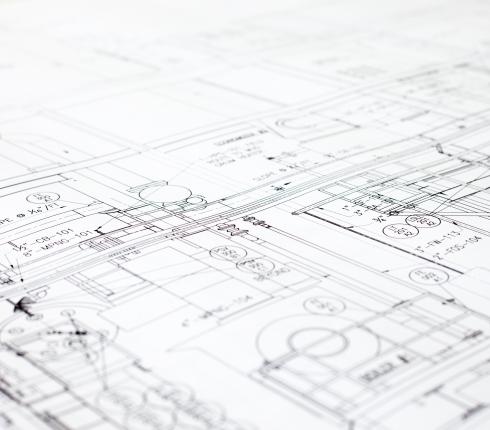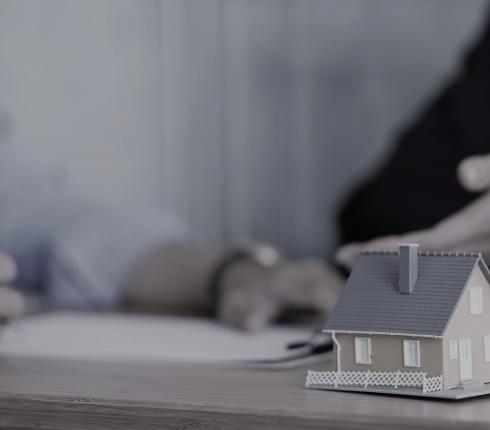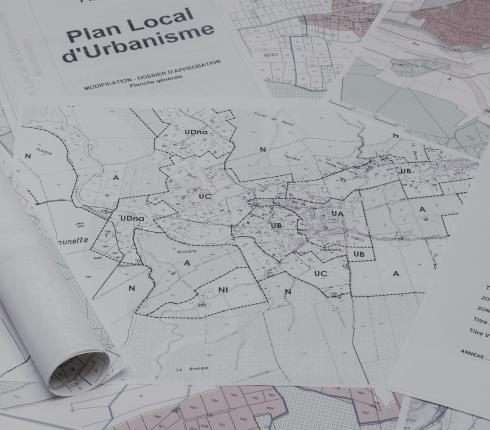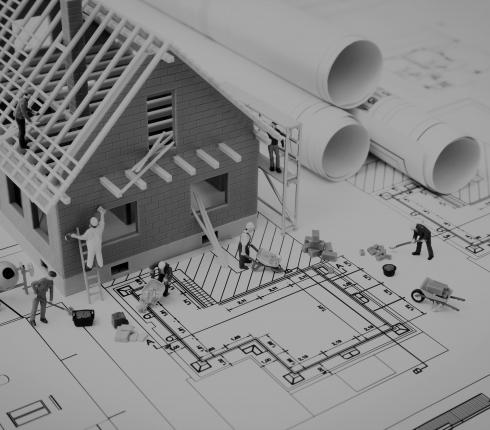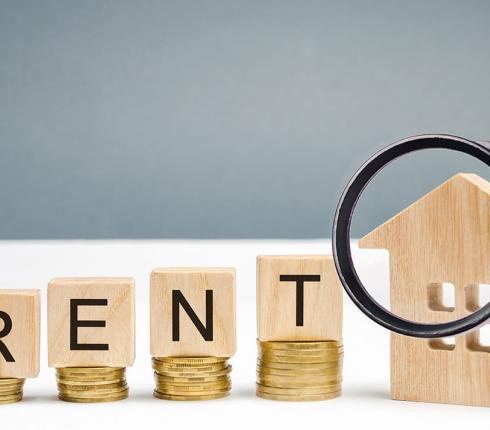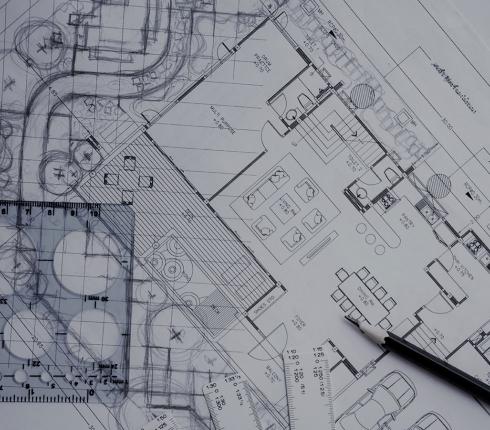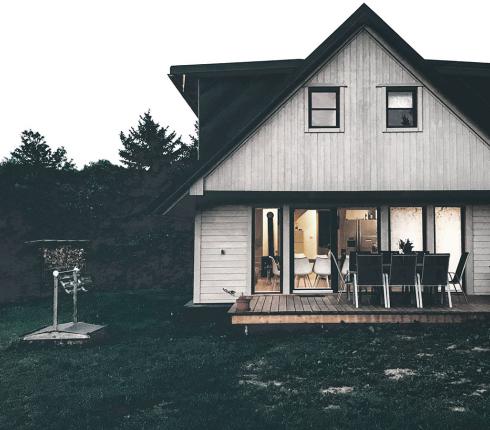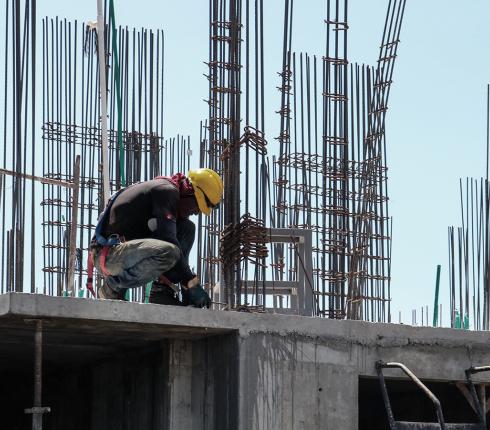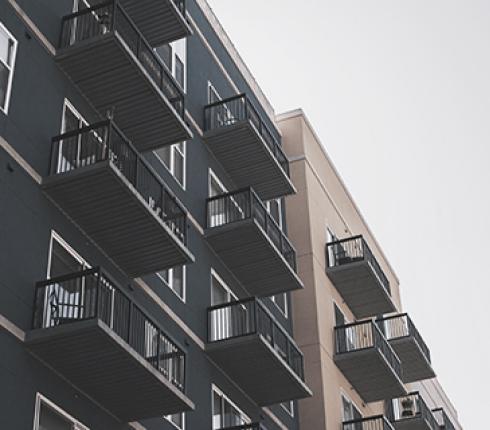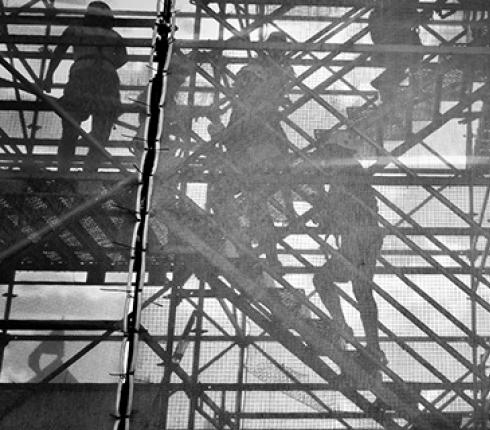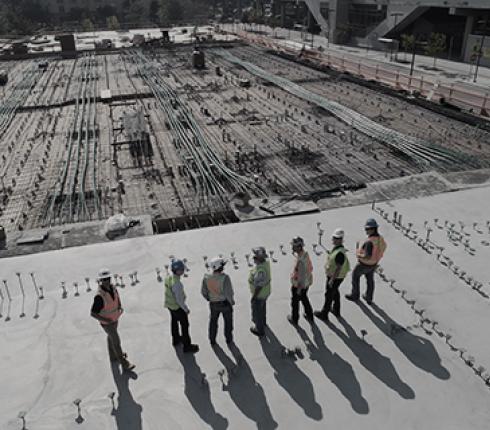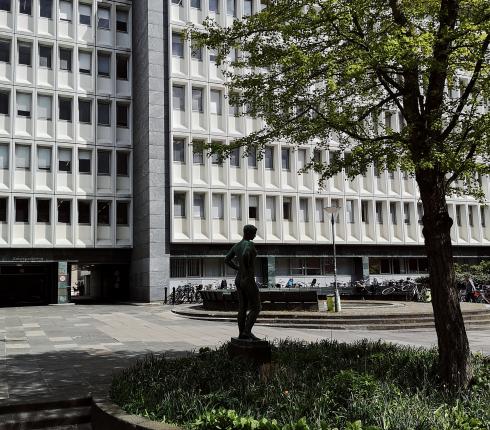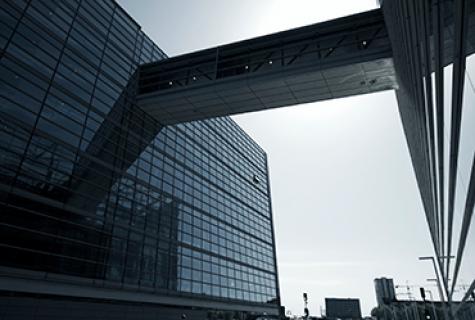Green label of buildings: modern values and legal aspects
The European Union Green Deal aims to transform the Union into a modern, resource-efficient, and competitive economy. This is to be achieved through reforms that support the green transition. The construction sector has an important role to play in these reforms. Renovated and energy-efficient buildings are seen as one of the benefits of the European Green Deal. Energy-efficient and resource-efficient construction has been recognized in the past, but now it is becoming increasingly visible to assess buildings with a so-called green label.
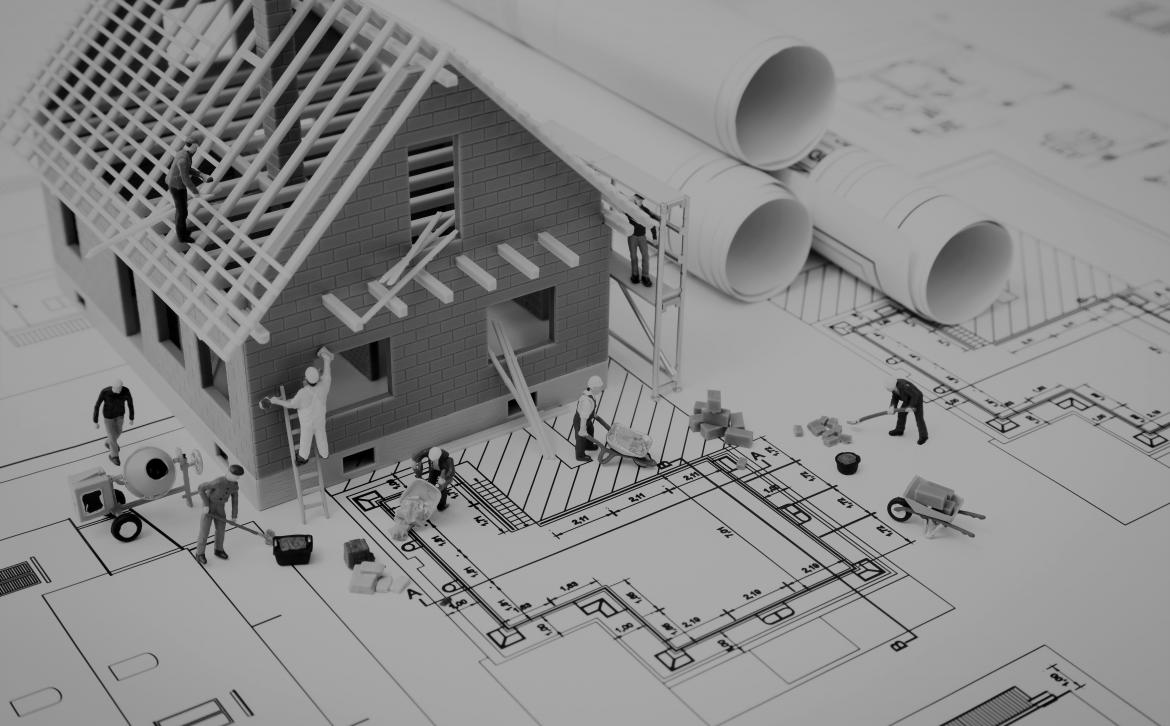
What is a green label?
In Estonia, the most well-known certificates issued to buildings are BREEAM and LEED. The compliance of buildings to such certificates is optional in Estonia. However, social pressure is making building certification increasingly popular. Development projects that are intended to be financed with loans must increasingly aim for the certification of the completed building. Given that the life of the building is considered to be 50 years, the impact of the completed building on the surrounding environment is long-term. Since certification usually reduces the total cost of the life cycle of a building, obtaining the certificate is not only the question of the reputation of the owner of the building but of the real impact.
The green label is not merely a recognition of an energy-efficient building. Even if the building meets the energy efficiency requirements set by the state, it is not automatically sufficient for obtaining an international certification. Nor is it enough to have just the right choice of material or a good builder to get the green label. To obtain the green label, it is necessary to meet internationally recognized criteria based on a broader methodology, the fulfillment of which is verified by certification. Certification can be ordered for both new and renovated buildings, and in some cases for interiors. Since different criteria must be met to obtain different green labels, the owner of the building must clarify the topic and make decisions as early as possible. Obtaining a certificate for a completed building shall be an additional requirement in both the design and the construction process.
Can the presence or absence of a green label affect the issue of a use permit?
Successful certification is not as important as obtaining a use permit for the building. The green label confirms that the building meets certain conditions of environmental sustainability. Obtaining a use permit confirms the safety of the building and its conformity with the construction design. The absence of a green label is not the basis for refusal to grant a use permit under the current Building Code.
Green label requirement when carrying out construction procurements and conclusion of construction contract
The preparation for the certification process shall start already in the design and construction procurement process, where the compliance of the building with the certificate requirements shall be set as one of the conditions. It will ensure that in the early phase, the construction or design services provider will assess the scope of the work and competence required to complete the certification process successfully. For the customer, eliminating the construction defects that prevent the receipt of the green label may prove extremely expensive or even impossible. Therefore, the obligation to obtain the green label should be imposed on the contractor in the design and construction service contract. Failure to complete the certification process and receive the green label would then constitute a breach of contract that would allow the customer to require performance of the obligations.
Estonian practice
In the case of commercial real estate, the compliance of the building with the certificate is an indication to the potential tenant or investor that the building is not merely constructed in compliance with the local standard requirements but corresponds to broad-based sustainability and quality evaluation criteria. A more informed approach to the life cycle of the building helps to better to estimate and organise the cost of management and maintenance of the building. This makes the certified buildings more attractive to potential tenants and users. Typically, the indoor climate of buildings is assessed in the process of applying for the green labels, which is why the user of a certified building is likely to get a better working or living environment.






